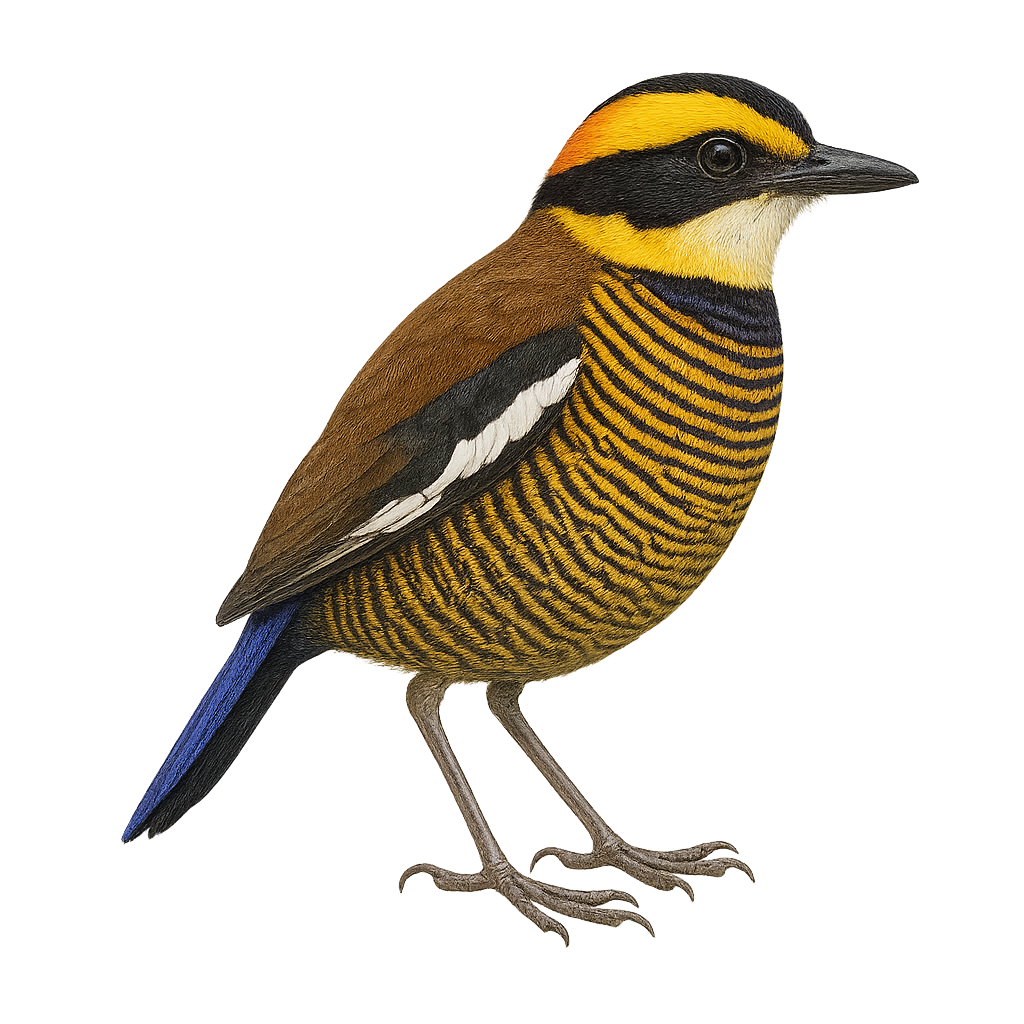Your wildlife photography guide.
Explore the malayan banded pitta in detail, study its behavior, prepare your shots.
Where to observe and photograph the malayan banded pitta in the wild
Learn where and when to spot the malayan banded pitta in the wild, how to identify the species based on distinctive features, and what natural environments it inhabits. The WildlifePhotographer app offers tailored photography tips that reflect the malayan banded pitta’s behavior, helping you capture better wildlife images. Explore the full species profile for key information including description, habitat, active periods, and approach techniques.
Malayan Banded Pitta
Scientific name: Hydrornis guajanus

IUCN Status: Least Concern
Family: PITTIDAE
Group: Birds
Sensitivity to human approach: Suspicious
Minimum approach distance: 10 m
Courtship display: March to April
Incubation: 15-17 jours
Hatchings: March to May
Habitat:
Tropical forests, dense undergrowth, mangroves
Activity period :
Primarily active during the day, with peak activity in the morning and late afternoon.
Identification and description:
The Malayan Banded Pitta, or Hydrornis guajanus, is a colorful and fascinating bird native to the tropical forests of Southeast Asia. This medium-sized bird is particularly admired for its striking plumage, which features a mix of blue, yellow, and black, with a distinctive band around the chest. The Malayan Banded Pitta is a discreet bird, often difficult to observe due to its shy behavior and dense habitat. It primarily feeds on insects and small invertebrates found in the forest litter. Although its song is melodious, it is rarely heard outside the breeding season. Deforestation poses a threat to its habitat, although the species is not currently considered critically endangered.
Recommended lens:
400 mm – adjust based on distance, desired framing (portrait or habitat), and approach conditions.
Photography tips:
To photograph the Malayan Banded Pitta, it is advisable to use a 400mm lens or longer to capture detailed images from a distance, as this bird is suspicious and prefers to stay hidden in its dense habitat. Favor early morning hours when activity is at its peak. Be patient and discreet to avoid scaring it away. Use a tripod to stabilize your camera in the low-light conditions of tropical forests. Try to capture the bird in its natural environment to highlight its colorful plumage and unique behavior.
The WildlifePhotographer App is coming soon!
Be the first to explore the best nature spots, track rutting seasons, log your observations, and observe more wildlife.
Already 1 429 wildlife lovers subscribed worldwide

